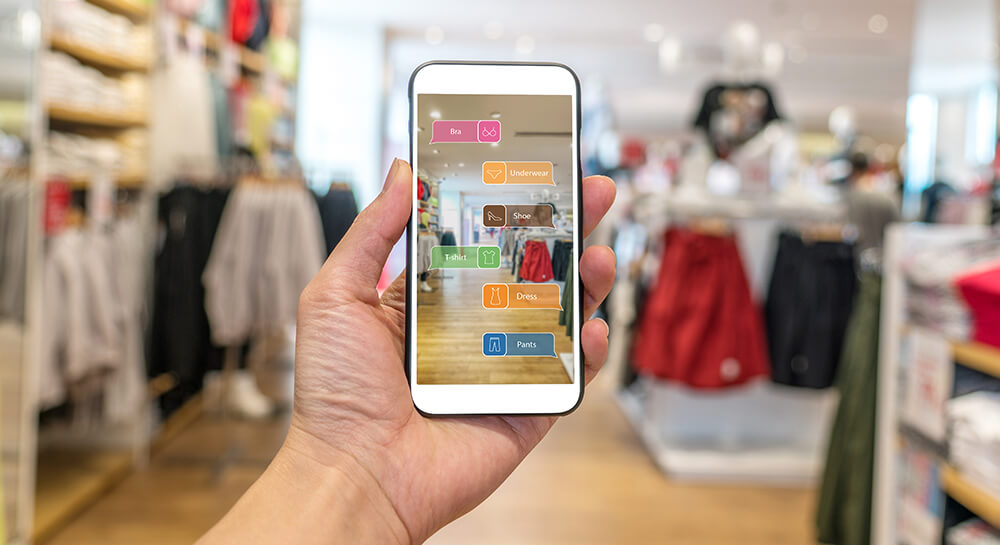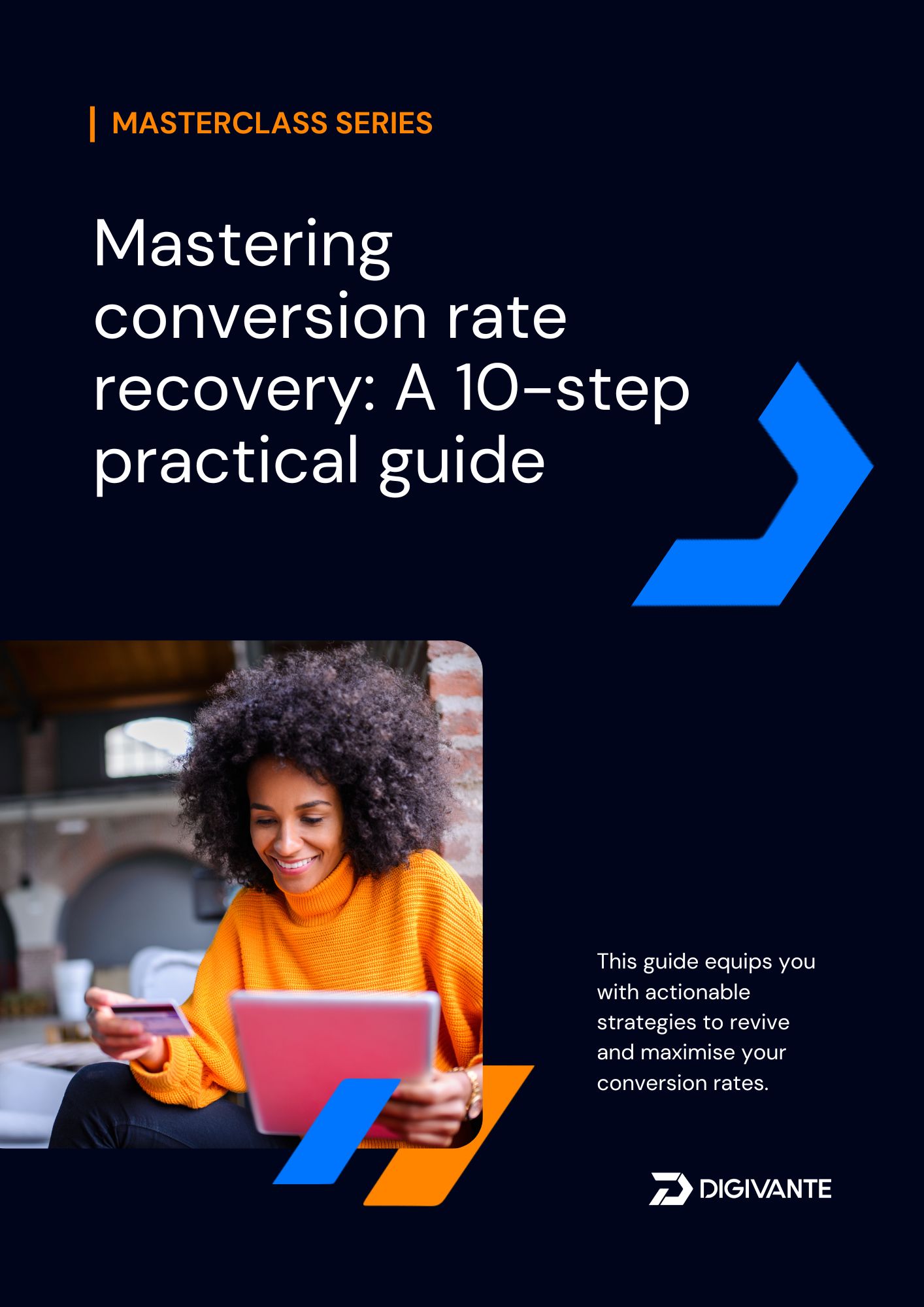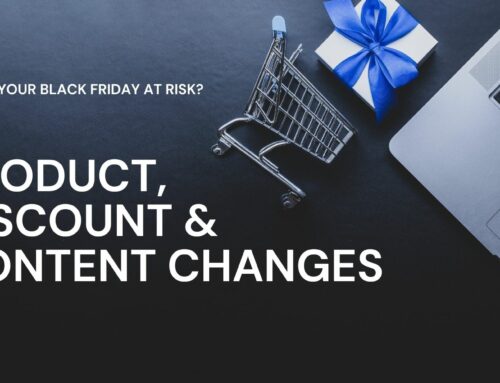Entering a new year is a great time to reflect on what has happened over the previous 12 months and start getting excited about what the next 12 months have in store for us all.
Below are some of the biggest changes and challenges to the retail & e-commerce industry and how we think they will shape the retail space beyond the next year.
1. Brand apps will blur the line between online and in-store experiences
At Digivante, we love branded apps. They help build retention, make it easier for customers to shop your products and help build trust, with over 57% of users surveyed in our study saying they would trust using an app over using a website.
In 2024, we see these apps blurring the lines between the physical and digital worlds. As more and more brand apps become common on their audience’s phones, we will see the digital world enhancing the physical experience.
We see the phone creating a seamless overall experience; imagine walking into your favourite fashion store and seeing if they have that stunning top in your size from the window. Even better, what if it was brought over to you in a tap rather than you searching the racks for it, and once you’ve fallen in love with it, skip the queue and pay with your phone. With Store mode, the whole shopping experience can be seamless and rewarding.
2. AI will become more customer-facing
In 2023, we saw an exponential growth in people interacting with AI. Thanks to emerging companies like Open AI, Midjourney and traditional bigger players such as Microsoft and Google AI started to become mainstream.
Back in 2022 we spoke about how Google and Amazon were investing heavily in AI to help forecast stock demands as well as create an unparalleled customer experience, today AI looks to become a way for customers to interact with brands, from Google’s AI’s Search Generative Experience (SGE) to human like chat bots and shopping assistants AI is fully mainstream and isn’t looking like going anywhere soon.
3. Sustainable is more important than ever
There has been an ever-growing shift in customers’ eco-consciousness. Fast and disposable fashion has started to fade while there has been an ever-increasing increase in the search for higher quality and sustainable goods.
Fashion brands such as H&M and Zara have heavily invested in creating a secondhand market for their clothing, whilst Currys offers repairs to their customers to help prolong the lifespan of their electronics.
Brands such as Vinted and Depop have created an easy way for the public to sell unwanted fashion items. Vinted is the biggest success as a secondhand fashion platform and is built on simple interactions, honest reviews and ease of search, giving both the buyer and seller a simple and easy shopping experience.
4. New generations mean new tactics
As the Gen Z audience continues to mature, their spending habits and how the look to buy are continuing to change the industry. Traditional marketing and stores are being replaced by influencer marketing and
With the rise of more digital marketplaces like TikTok shops taking a larger and larger portion of the retail market, more and more brands are starting to migrate part of the retail budget to social marketplaces, but this is not always easy with TikTok wanting to control the shopping experience.
As Gen Z starts to be the driving force behind this new normal, it is interesting how the influence of Gen Alpha will play a role in future spending. This audience whilst not yet having the spending power of their predecessors, are starting to become teenagers and influence their parents spending behaviour. It is important to remember that, unlike previous generations, Gen Alpha are the first generation to grow up with smartphones and tablets, meaning that they are the first truly digital age.
5. You can’t count on Cookies, but loyalty lives on
For years, businesses and advertisers have become reliant on third-party cookies to help them target their audience for cheap and effective advertising. In 2023, we saw Third-party cookies fall as users started to look more at a private experience. With Google’s Chrome browser no longer tracking (third party) cookies, it is time to say that the third-party cookie has truly crumbled.
Whilst this doesn’t affect your retargeting audiences, which are picked up on your websites and apps as 1st party data, this can have a huge effect on finding new audiences through advertising platform interest and demographic-based targeting; how advertisers will look to get around this is still to be seen, but this could mean that finding new customers might become more expensive and instead you should be looking to make to improve customer retention and lifetime value through making current customers repeat customers and even brand ambassadors.
There are many ways you can do this, from retargeting ads to improving your email marketing, but building on that brand loyalty can help cement your growth and help plug that gap of new customers, especially whilst the industry tries to figure out what it will do with less data than ever before.
6. VR might have cooled, but AR in retail is just heating up
The push of VR (Virtual Reality) from giants like Meta made us all think that we might wander around our favourite stores from the comfort of our own homes it seems that for at least anyway, the VR craze and the Metaverse have started to be abandoned by users and startup investors.
But whilst VR might not be the hot thing anymore, its cousin AR (Augmented Reality) has been given a boost from tech giant Apple. With its launch of the Vision Pro, Apple has reinforced its support of AR technology, and this can be a great boost for the retail sector.
One of the biggest selling points of AR over VR is that businesses can utilise it without the need for expensive equipment. Yes, you can create an in-store experience using a Vision Pro, but you can build AR experiences into your own branded app or webpage, allowing customers to see your products in their world just by using their smartphone.
A great example of AR being used in the fashion world is foot measurements that can be taken with a piece of paper and a smartphone. This one simple piece of tech embedded into the customer journey not only provides the customer with purchase confidence but can help cut down on returns for the business, making it a win-win.
We’re there for the future
Whatever happens to the retail sector in 2024 and beyond, we at Digivante are here to ensure you are ready for the future. Our huge range of tests can help you build a seamless digital customer experience from the first visit to checkout and beyond. So it doesn’t matter if you want to build loyalty through an app or ensure that you can make the most of every visitor to your site; we can help.
Speak to a member of our experienced and professional team to see how we can build a bespoke testing solution to match your needs and your audience.






